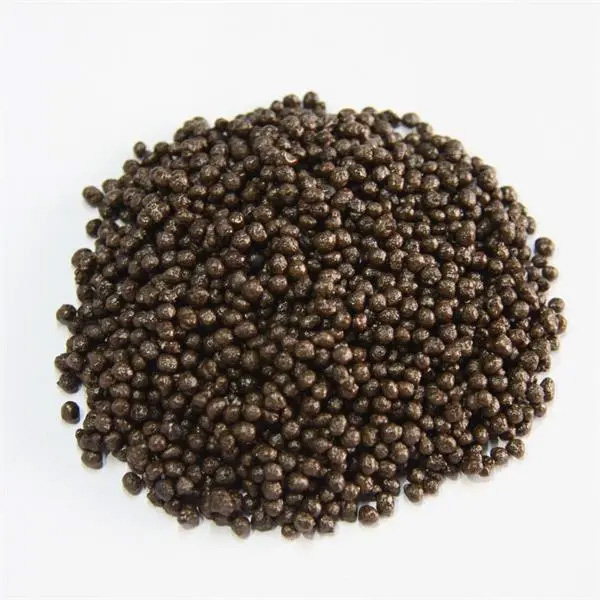Food-grade diammonium phosphate (DAP) is a versatile and essential ingredient in a variety of foods. This compound consists of two ammonia molecules and one phosphoric acid molecule and is widely used in the food industry due to its unique properties and advantages.
One of the main uses of food-grade types of DAP is as a leavening agent in baked goods. It helps dough rise and creates a light, airy texture for products such as breads, cakes and pastries. Additionally, DAP food-grade types are a key ingredient in baking powder and are essential for achieving the desired texture and volume in baked goods.
In addition, food-grade DAP is also used as a nutritional additive in food processing. It provides a source of phosphorus and nitrogen, essential elements for plant growth and development. In food production, food-grade DAP is added to various products to enhance their nutritional value and promote healthy growth.
Additionally, DAP food grade types are used in the production of beverages such as wine and beer. It serves as a source of nutrients for the yeast during the fermentation process, contributing to the overall quality and flavor of the final product.
In addition to its applications in the food industry, food-grade DAP is also used as agricultural fertilizer. Its high phosphorus content makes it ideal for promoting root development and overall plant growth. By providing essential nutrients to crops, food-grade DAP plays a vital role in increasing agricultural productivity and ensuring food security.
Overall, the versatility of di-ammonium phosphate DAP food grade type makes it an indispensable ingredient in the food industry. From its use as a leavening agent in baked goods to its use as a nutritional additive and fertilizer, DAP food grade types help improve the quality, nutrition and growth of a variety of food products. Its diverse applications underline its importance in the food and agriculture sectors, making it an essential component in the production of a variety of food products.
Post time: Mar-23-2024

